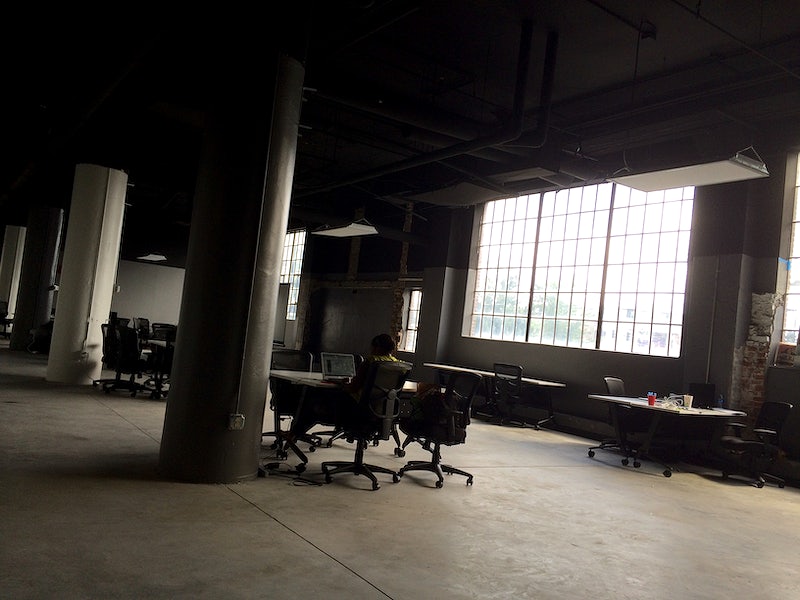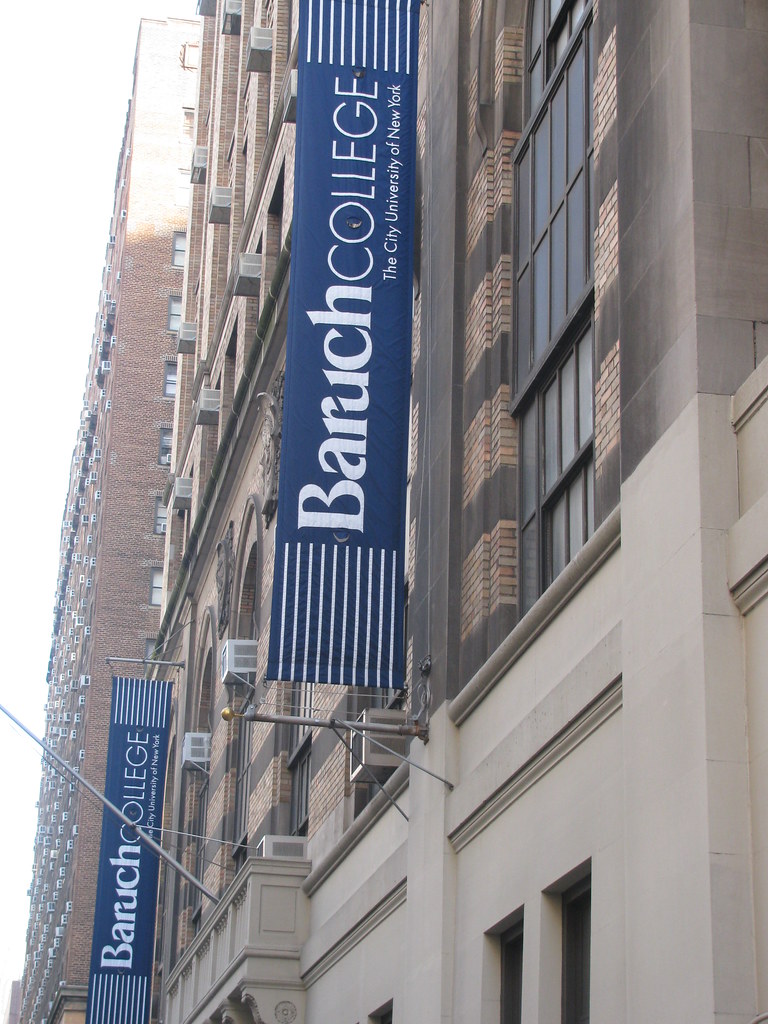While walking around the city, it is impossible not to notice the growing empty office spaces and simultaneously the worsening housing crisis – an absurd and infuriating contrast. There have been many public discussions around New York City’s expensive rental market and lack of affordable housing and yet, not much is being made in respect to this problem.
The demand for housing in NYC is rising day by day and the supply is not catching up.
The White House reported a housing deficit; as of 2020 there was a shortage of 3.8 housing units and the number has increased since then. The United States is a developed country so this number is alarming. People need to live in affordable housing.
This quandary has driven apartment prices incredibly high, which has had a detrimental impact on New Yorkers. One of the emerging solutions is the conversion of commercial spaces into residential units.
This would be a part of the Commercial-to-residential Conversion plan released by the Biden-Harris Administration on Oct. 27. Different cities across the country were highlighted for their rising office vacancy rates and are encouraged to start the process of transforming the units to make them livable with $35 billion in funding.
Undoubtedly, NYC made it to the chart as nearly 16% of the office spaces in New York are vacant. Following the pandemic, the number has grown 70%. Despite the shift to remote work during the pandemic, a portion of jobs continued remote and office spaces remained empty.
However, action at the federal level had to be taken three years later. Meanwhile, in those three years, NY residents who live paycheck to paycheck were most affected as the demand for housing drove prices up.
As a federal-level solution to mitigate the ongoing housing crisis, the conversion of commercial properties into residential units is poised to offer relief for this issue. This solution can logically alleviate the housing demand but the impact is yet to be known.
The plan is still premature to assure that it will work effectively but there are high hopes on this proposed plan as the crisis worsens by the day.
Additionally, at the local level, the city has implemented the “City of Yes for Housing Opportunity” plan to provide 100,000 units for New York residents, most of which will be renovated from spaces that haven’t been used to its total capacity.
With both proposed solutions, there is no immediate relief as the buildings have to go through remodeling before they can house tenants. However, they can be the most reliable solutions since remodeling office buildings is more cost-effective than the construction of new units. Besides, the city is already very clustered and land for new construction is very limited.
A very well-known empty space is The Flatiron Building, which will go through a restructure to provide accommodations for wealthy residents — the building’s rooms will be turned into high-end flats.
The rapidly-increasing rent prices shape the city for the rich and the working class is being slowly pushed out.
Subsequently, New York City houses the most millionaires in the world, yet more than half of the households have a hard time making ends meet.
This vast discrepancy confirms that something is not working, as a large portion of residents are at risk of losing their home or can barely afford to live in the city.
Many people from different backgrounds are attracted to NY and other U.S. cities, but up until recently the government has not answered to the needs of local residents who suffer the consequences of low housing supply and high demand.








